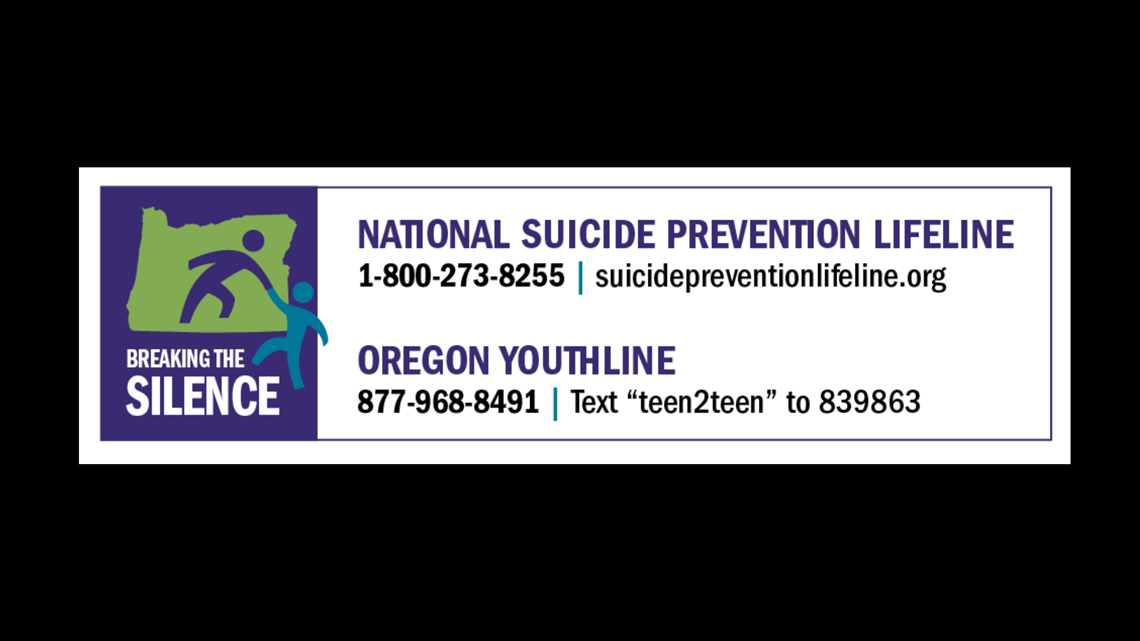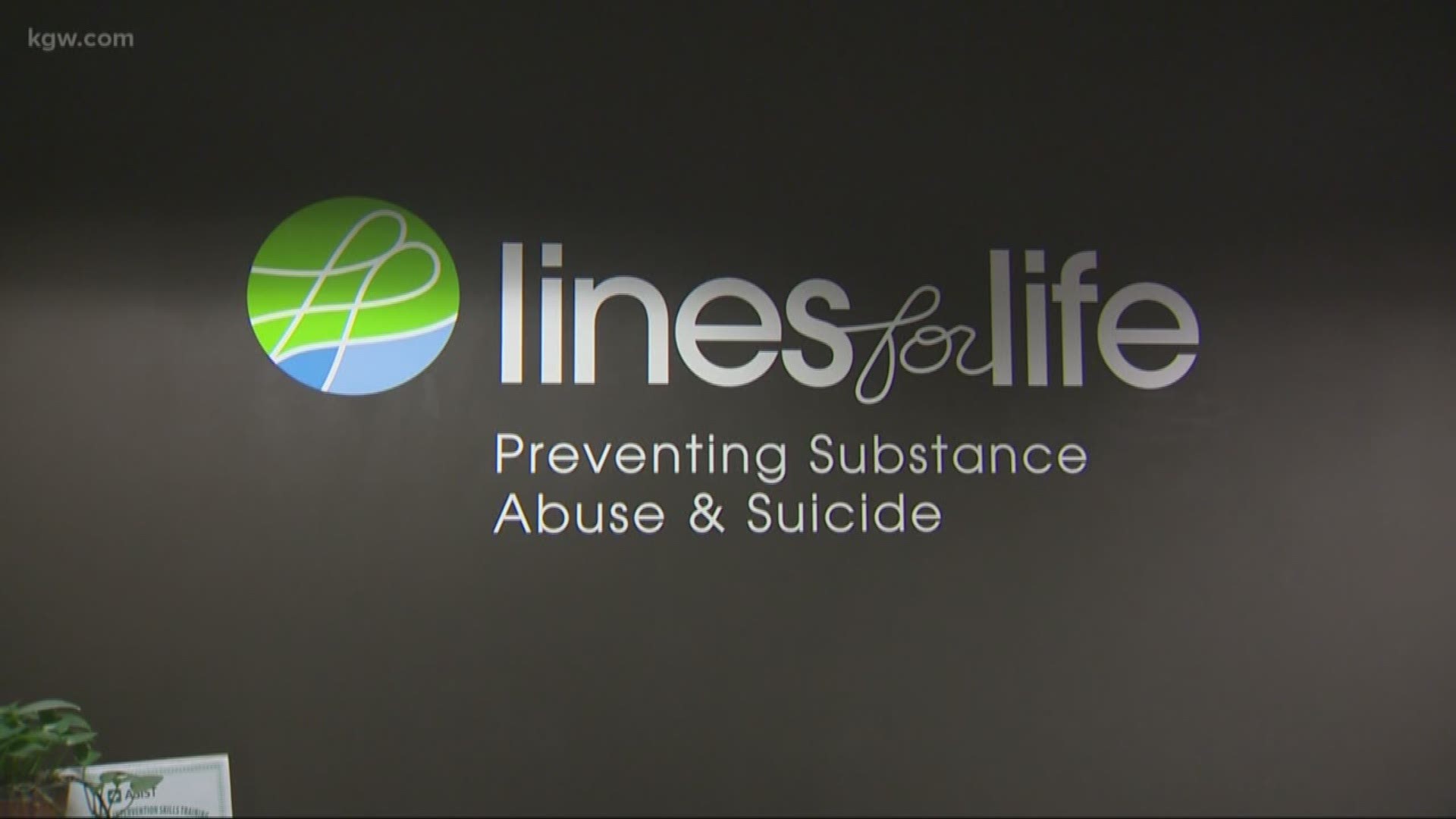SALEM, Ore. — If you're a regular reader of your local news, it's likely you'll have a good sense of how many people died in a car crash or of a terminal illness. But it's less likely you'll hear when somebody dies by suicide.
It's partly because of a long-held rule across newsrooms not to report on suicide, out of respect for the family and from the belief that reporting on the topic could have a "contagious effect" and inspire others to also take their own lives.
While there's some evidence for that logic, the nation's growing number of suicides has become difficult for reporters to ignore. The Centers for Disease Control and Prevention reports the national suicide rate is at a 50-year high, climbing 33% since 1999. It's estimated 25,000 Americans died by suicide in 2016 alone.
"Journalists stopped covering suicide for some very good reasons," said Nicole Dahmen, an associate professor of journalism at the University of Oregon. "But the unintended consequence of that is that suicide has remained unreported, and death by suicide has been on the rise so much so that it's become a public health crisis."
The issue has prompted reporters in Oregon, which has a suicide rate 40% higher than the national average, to take a different approach to tackling the topic.
Over 30 newsrooms from around the state, including KGW, are banding together in an unprecedented, weeklong reporting collaboration to shed light on suicide and its effect on the community. The project, known as "Breaking the Silence," will run from April 7 to 14 and involve newspapers, TV stations and student media organizations from across Oregon.
Stories will shed light on how the suicide crisis touches every community in the state, regardless of age, gender or sexuality. They'll also showcase best prevention methods, and how different groups are working to save lives.
"With better information about the scope of the problem and the best practices by way of prevention, we in the media have the possibility of truly saving lives," said Therese Bottomly, editor of The Oregonian/Oregon Live, one of the newsrooms participating in the project.
The initiative stemmed from a series of roundtables between Oregon media organizations and Dwight Holton, CEO of Lines for Life, a Portland-based suicide prevention nonprofit that also runs a number of crisis lines.
Holton, a former federal prosecutor, has previously counseled reporters on how to sensitively cover suicide by avoiding sensationalist details and by guiding readers toward support services. If done right, he said, journalists can do their part to break down misconceptions about mental health.
"The reality is we have a crisis around addiction and suicide," he said. "Part of addressing that is changing the way journalists and communities talk and think about suicide."
This type of project, he adds, takes on an added significance in Oregon, which, like other mountain states, is experiencing suicide rates far higher than the national average. Oregon's suicide rate jumped 35% in less than two decades, and suicide is the eighth leading cause of death in the state. The Oregon Health Authority estimates 825 people died by suicide in 2017, and approximately 14,000 people end up in the emergency room each year from trying to harm themselves.
The outcome of the weeklong reporting venture could have national implications on the way news organizations report on suicide in the future. Researchers with the National Suicide Prevention Lifeline plan to monitor the response to the project, as will journalists with the University of Oregon's Catalyst Journalism Project.
Dahmen, who is also a co-director of Catalyst, said she hopes the project can prove that journalists can effectively tell the story of suicide as a public health problem while still adhering to "a reporter's ethical commitment to minimizing harm."
That's the message Holton wants to send, too. He hopes the initiative proves that reporting on suicide can begin a public dialogue on how to address suicide and mental health. Because complete radio silence on the issue, he said, does nothing but make the hidden crisis even worse.
"We have relegated suicide to a hushed topic, something we can't talk about," he said. "As long as we leave suicide in the shadows, we fuel a stigma that prevents people from getting help."
Over the next week, KGW will have several stories focused on various aspects of the suicide issue in Oregon. Our coverage will begin this weekend with Straight Talk with Laural Porter. Holton and Emily Moser, Lines for Life YouthLine crisis line director, will be guests on the show, which airs at 6:30 p.m. Saturday, April 6, and 6:30 p.m. Sunday, April 7.
___
Editor's note: The National Suicide Prevention Lifeline can be reached at 800-273-8255. The Crisis Text Line provides free, 24/7 crisis support by text. Text 741741 to be connected to a trained counselor.



